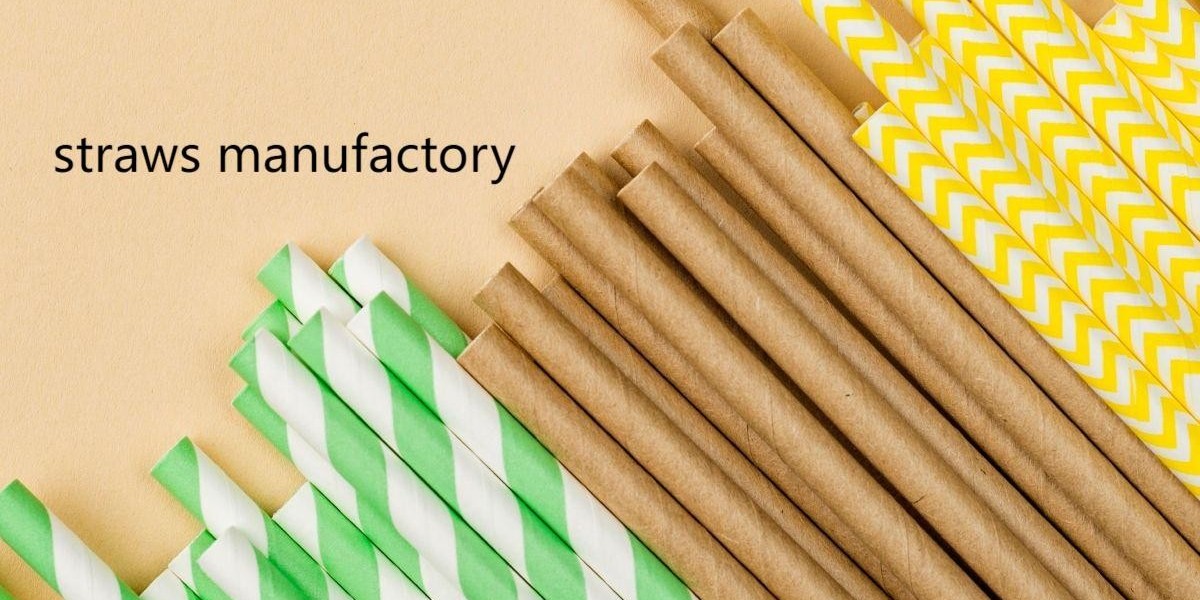The Environmental Benefits of Professional Paper Straw Production
The environmental advantages of professional Paper Straws Manufactory operations extend far beyond simply replacing plastic. When examining the complete lifecycle of paper straw production, from raw material sourcing to end-of-life decomposition, the ecological benefits become profoundly clear and measurable.
At the sourcing stage, responsible Paper Straws Manufactory facilities prioritize FSC-certified paper pulp, ensuring their raw materials come from sustainably managed forests that promote biodiversity and responsible land use. This stands in stark contrast to plastic straw production's reliance on petroleum extraction. Many leading manufacturers have implemented chain-of-custody tracking systems that verify every batch of paper can be traced back to its sustainable origin, providing complete transparency in their supply chain.
Energy efficiency represents one of the most significant environmental differentiators in professional Paper Straws Manufactory operations. Advanced manufacturing facilities have reduced energy consumption by up to 65% compared to plastic straw production through several innovations. Infrared drying systems have replaced conventional gas-powered dryers, cutting thermal energy requirements by nearly half. Many plants now incorporate solar panels and wind turbines, with some achieving 100% renewable energy operation. The energy savings become even more pronounced when considering that paper straws don't require the high-temperature extrusion processes used in plastic straw manufacturing.
Water management in modern Paper Straws Manufactory facilities has undergone revolutionary improvements. Closed-loop water systems now recycle up to 90% of process water, with advanced filtration systems removing particulates and returning clean water to the production cycle. This represents a dramatic reduction from traditional paper manufacturing water usage. Some manufacturers have implemented rainwater harvesting systems to further reduce their freshwater footprint. These water conservation measures are particularly crucial in regions facing water scarcity challenges.
The chemical footprint of professional paper straw production has been minimized through careful formulation of adhesives and coatings. Unlike plastic straws that may contain various plasticizers and stabilizers, high-quality paper straws use food-grade, plant-based adhesives and water-based inks. Leading Paper Straws Manufactory operations have eliminated all PFAS compounds and heavy metals from their production processes, ensuring their products break down into harmless organic matter without leaving toxic residues.
Transportation emissions present another area where professional paper straw manufacturing shows environmental advantages. The raw materials for paper straws are significantly less dense than plastic resin pellets, allowing more material to be shipped per container. Many manufacturers optimize their facility locations near paper mills and transportation hubs to minimize freight distances. Some have implemented carbon offset programs for unavoidable transportation emissions, achieving carbon-neutral distribution networks.
The end-of-life benefits of professionally manufactured paper straws represent perhaps their most compelling environmental advantage. In commercial composting facilities, these straws typically decompose completely within 90-120 days, returning valuable organic matter to the soil. Even in less ideal conditions like marine environments, testing shows complete biodegradation within 3-6 months, compared to centuries for plastic alternatives. Importantly, paper straws don't generate microplastics - one of the most persistent and harmful forms of plastic pollution affecting ecosystems worldwide.
Life cycle assessments comparing professional paper straw production to plastic straw manufacturing consistently show superior environmental performance across multiple indicators. Paper straws demonstrate:
80-90% reduction in fossil fuel consumption
65-75% lower carbon emissions
95% reduction in persistent waste
Complete absence of microplastic generation
Significant reductions in aquatic toxicity potential
The professional Paper Straws Manufactory industry continues to innovate to further reduce its environmental impact. Emerging developments include:
Agricultural waste fibers replacing virgin paper pulp
Waterless manufacturing processes
Bio-based barrier coatings derived from food industry byproducts
Solar-powered production facilities
Compostable packaging systems
These innovations promise to make paper straw production even more sustainable in coming years. The environmental benefits extend beyond the manufacturing process itself. Many professional manufacturers actively participate in reforestation programs, wetland restoration initiatives, and ocean cleanup efforts, creating positive ecological impacts that outweigh their operational footprints.
For businesses and consumers seeking truly sustainable drinkware solutions, professional paper straw production offers measurable environmental advantages at every stage - from responsible sourcing through complete end-of-life decomposition. These benefits make paper straws not just an alternative to plastic, but a genuinely eco-conscious choice that aligns with circular economy principles and sustainable development goals.
Experience the full environmental benefits of professional paper straw production by choosing products from sotonstraws.com where sustainability is engineered into every step of the manufacturing process.








